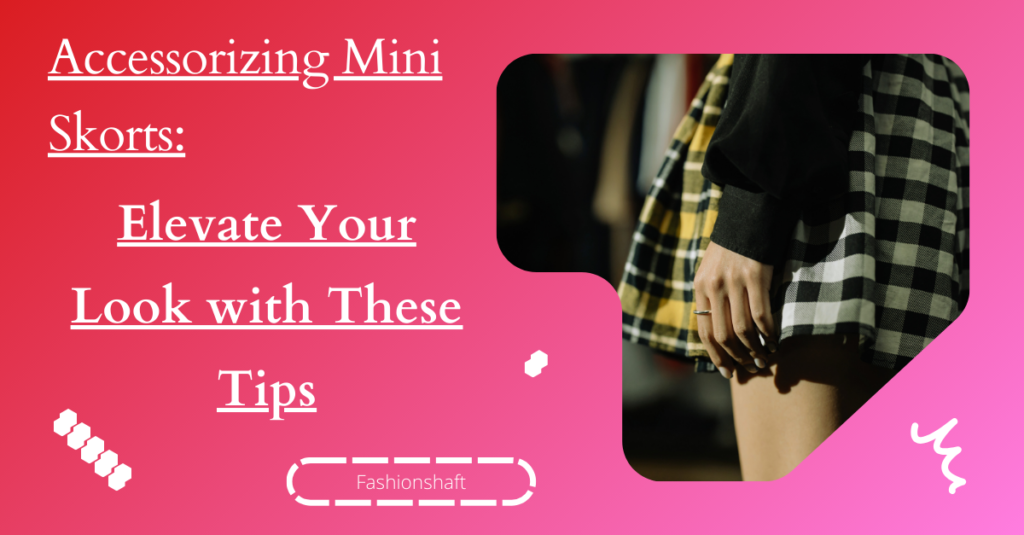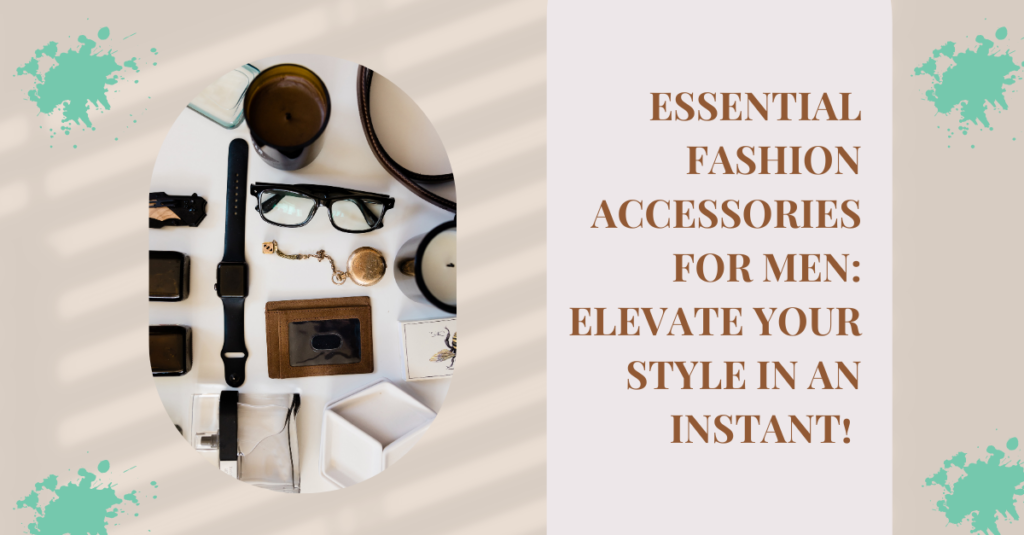Fashion Marketplaces vs. Independent Websites: Which One Reigns Supreme?
The fashion industry is constantly evolving, with new trends and styles emerging every season. As a result, it is essential for fashion brands and retailers to stay on top of the latest developments and cater to the ever-changing tastes of their customers. One of the most significant decisions that fashion businesses face is whether to sell their products through a fashion marketplace or an independent website. Both options have their advantages and disadvantages, so it’s important to weigh up the pros and cons before making a decision. In this article, we will explore the key differences between fashion marketplaces and independent websites and determine which one reigns supreme.
Fashion Marketplaces
Fashion marketplaces are online platforms that bring together multiple fashion brands and retailers under one virtual roof. Examples of popular fashion marketplaces include Amazon, ASOS, and Zalando. Fashion marketplaces are a great option for brands and retailers that want to reach a broad audience and leverage the marketplace’s existing customer base. Here are some of the advantages and disadvantages of selling through a fashion marketplace:
Advantages of Fashion Marketplaces
- Large audience reach
One of the biggest advantages of selling through a fashion marketplace is the potential to reach a vast audience. Fashion marketplaces have millions of active users, which means that brands and retailers can tap into a much larger customer base than they would be able to on their own.
- Established customer base
Fashion marketplaces have an existing customer base, which can be incredibly beneficial for new brands and retailers that are just starting. By selling through a fashion marketplace, brands and retailers can leverage the marketplace’s customer base and reach potential customers that they may not have been able to reach otherwise.
- Ease of use
Selling through a fashion marketplace is generally quite straightforward. Most marketplaces have an easy-to-use seller interface, which makes it easy for brands and retailers to manage their inventory, track sales, and fulfill orders.
- Marketing and promotion
Fashion marketplaces often have extensive marketing and promotion budgets, which they use to drive traffic to their site and promote the brands and retailers that sell through them. This can be a significant advantage for brands and retailers that are just starting and don’t have the marketing budget to drive traffic to their own website. Read more about Fashion Marketplaces vs. Independent Websites: Which One Reigns Supreme?.
Disadvantages of Fashion Marketplaces
- Fees
Fashion marketplaces charge fees to brands and retailers for the privilege of selling through their platform. These fees can be quite substantial and can eat into the profit margins of brands and retailers. In addition, some marketplaces may also charge additional fees for marketing and promotion, which can further increase costs.
- Limited branding opportunities
Selling through a fashion marketplace means that brands and retailers are limited in terms of branding opportunities. Most marketplaces have strict guidelines around branding, which can limit a brand’s ability to differentiate itself from its competitors.
- Lack of control
Selling through a fashion marketplace means that brands and retailers have limited control over the customer experience. Most marketplaces have strict rules around shipping and returns, which can limit a brand’s ability to provide a personalized experience to its customers.
Independent Websites
Independent websites are online stores that are owned and operated by individual brands and retailers. Examples of independent fashion websites include Net-A-Porter, Farfetch, and Reformation. Independent websites are a great option for brands and retailers that want more control over their brand and customer experience. Here are some of the advantages and disadvantages of selling through an independent website:
Advantages of Independent Websites
- Greater control
Selling through an independent website gives brands and retailers greater control over their brand and customer experience. Brands and retailers can customize their website to reflect their brand’s aesthetic and provide a personalized experience to their customers.
- Better profit margins
Selling through an independent website can be more cost-effective for brands and retailers in the long run. While there may be upfront costs associated with setting up an independent website, once it is up and running, brands and retailers can avoid paying the fees associated with selling through a fashion marketplace. This can result in better profit margins and a more sustainable business model.
- Enhanced branding opportunities
Selling through an independent website means that brands and retailers have more control over their branding opportunities. Brands and retailers can use their website to tell their brand’s story, showcase their products in a unique way, and differentiate themselves from their competitors.
- Better customer data
Selling through an independent website means that brands and retailers have access to more customer data. Brands and retailers can use this data to understand their customers better, tailor their marketing efforts, and improve their customer experience over time. Read more about Fashion Marketplaces vs. Independent Websites: Which One Reigns Supreme?.
Disadvantages of Independent Websites
- Limited audience reach
One of the biggest disadvantages of selling through an independent website is the limited audience reach. Unlike fashion marketplaces, independent websites do not have an existing customer base, which means that brands and retailers need to invest in marketing efforts to drive traffic to their site.
- Increased marketing costs
Selling through an independent website means that brands and retailers are responsible for driving traffic to their site, which can be costly. Brands and retailers need to invest in marketing efforts such as paid advertising, social media marketing, and email marketing to reach potential customers and drive sales.
- Fulfillment and logistics
Selling through an independent website means that brands and retailers are responsible for managing their inventory, fulfilling orders, and handling customer service. This can be a significant challenge for smaller brands and retailers that do not have the resources or infrastructure to manage these processes effectively.
Which One Reigns Supreme?
So, which one reigns supreme: fashion marketplaces or independent websites? The answer is, it depends. Both options have their advantages and disadvantages, and the right choice will depend on the specific needs and goals of each brand and retailer.
For brands and retailers that are just starting, or those that want to reach a broader audience, selling through a fashion marketplace can be a great option. Fashion marketplaces have an existing customer base, which can help brands and retailers to reach potential customers that they may not have been able to reach otherwise. In addition, fashion marketplaces often have extensive marketing and promotion budgets, which can help to drive traffic to a brand’s products and increase sales.
On the other hand, for established brands and retailers that want more control over their brand and customer experience, selling through an independent website can be the better choice. Independent websites give brands and retailers greater control over their branding opportunities, customer experience, and profit margins. In addition, independent websites provide brands and retailers with more customer data, which can be used to improve their marketing efforts and customer experience over time.
In conclusion, both fashion marketplaces and independent websites have their strengths and weaknesses, and the right choice will depend on the specific needs and goals of each brand and retailer. Ultimately, the key is to weigh up the pros and cons of each option and choose the one that will best help a brand or retailer to achieve its objectives and grow its business over time.

My name is Rohit Vagh and I’m a content writer specializing in fashion and lifestyle. I have three years of experience in this field and have written various articles. My writing style is creative and engaging, and I strive to create content that resonates with my readers. I have a deep passion for fashion and am constantly researching the latest trends and styles to make sure my readers are up to date. I’m excited to continue my career in blogging, and I’m always looking for new opportunities in the fashion and lifestyle space.





